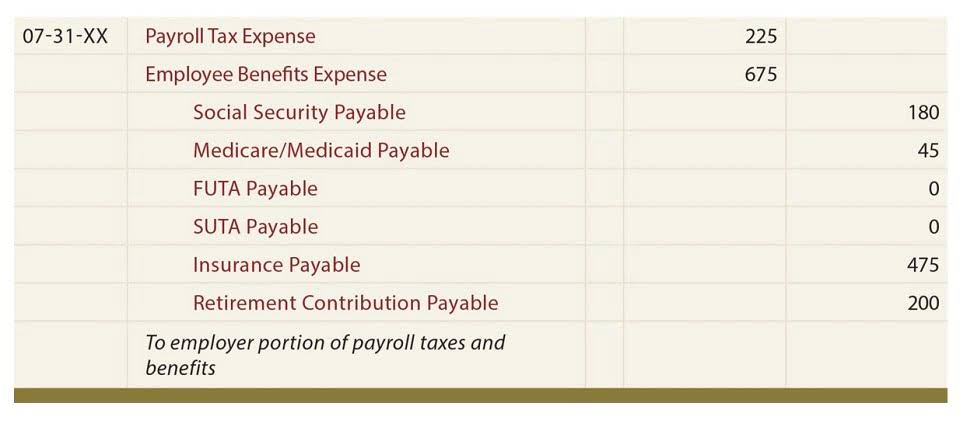Present Value PV Formula + Calculator

The number of periods is simply the number of times the interest will compound over time. To record the cash equivalent amount through a present value calculation, the accountant must estimate the interest rate (i) appropriate for discounting the future amount to the present time. The rate will reflect the length of time before the money will be received as well as the credit worthiness of MedHealth, Inc. Let’s assume that the appropriate rate is 10% compounded annually. Sometimes the present value, the future value, and the interest rate for discounting are known, but the length of time before the future value occurs is unknown.
Present Value / Continuous Discounting

Except for minor differences due to rounding, answers to equations below will be the same whether they are computed using a financial calculator, computer software, PV tables, or the formulas. In the illustrations of the present value of 1 (shown earlier) we assumed that interest was compounded on an annual basis. Now we’ll look at what happens when interest is compounded (1) annually, (2) semiannually, (3) quarterly, and (4) monthly. While useful, it relies on making good assumptions on future rates of return.
- For investments, you might use your expected return or cost of capital.
- For example, $1,000 in hand today should be worth more than $1,000 five years from now because it can be invested for those five years and earn a return.
- PV tables are often used to value bond cash flows (coupon payments + face value) and lease obligations, especially under IFRS 16 and ASC 842.
- They can receive a smaller lump sum today or they can receive the full amount of winnings in equal payments for the rest of their lives.
- In the illustrations of the present value of 1 (shown earlier) we assumed that interest was compounded on an annual basis.
- This tells us that the missing component, the interest rate (i), is approximately 1% per month.
Lump Sum Present Value Tables
The sum of all the discounted FCFs amounts to $4,800, which is how much this five-year stream of cash flows is worth today. The present value (PV) formula discounts the future value (FV) of a cash flow received in the future to the estimated amount it would be worth today given its specific risk profile. The Present Value (PV) is a measure of how much a future cash flow, or stream of cash flows, is worth as of the current date. Before you dive into annuities, IRRs, or discounted cash flow models, you must understand how to move a single lump sum backward or forward in time. When we compute the present value of annuity formula, they are both actually the same based on the time value of money. The present value formula is calculated by dividing the cash https://www.bookstime.com/articles/taxpayer-bill-of-rights-understanding-your-rights-as-a-business-owner flow of one period by one plus the rate of return to the nth power.
- Let’s use the table and see how it simplies our computations.
- Typically, people use a PV calculator to compute these numbers, but they can also use a present value table.
- When trying to figure out how much to pay for a bond, we must calculate the present value of all the payments that will be received.
- This is essentially par value off a bit due to rounding in the calculation.
- By taking a moment to figure out what our answer should look like (par, discount or premium) before doing the calculation, we can determine if our answer is reasonable when calculated.
Step 2: Use the Present Value Formula

Determining the initial cash injection for a target investment, evaluating the better option between two investments, calculating the current worth of an investment. These are all the requirements leading up to wanting to find the present value. Present value is the financial value of a future income stream at the date of valuation.

Present Value Table vs. Other Tables: What’s the Difference?
Same as above, but the payments occur at the beginning of each period, not the end. Let’s have a show of the Excel effects of this cash flow with the following case example. For example, instead of paying $100 cash a person is allowed to pay $9 per month for 12 months. The interest rate is not stated, but the implicit rate can be determined by use of present value factors. This means that any interest earned is reinvested and itself will earn interest at the same rate as the principal. In other words, you “earn interest on interest.” The compounding of interest can be very significant when the interest rate and/or the number of years is sizeable.
- Payments on mortgage loans usually require monthly payments of principal and interest.
- A PV table helps you reverse-engineer your savings goals, adjusting for inflation and expected returns.
- The time value of money (TVM) principle, which states that a dollar received today is worth more than a dollar received on a future date.
- The future value is disregarded here while the next argument confirms the annuity type as regular or due.
- The Present Value (PV) is a measure of how much a future cash flow, or stream of cash flows, is worth as of the current date.
Discount Factor Tables
The tables below show the number of periods (n) and the related interest rate (i) for four different compounding assumptions. The letter “n” refers to the length of time the is the present value of a single payment of $1 to be received in t periods. (in this case, two years). The letter “i” refers to the percentage interest rate used to discount the future amount (in this case, 10%).
The core premise of the present https://serbiennachrichten.com/serving-small-businesses-nationwide/ value theory is based on the time value of money (TVM), which states that a dollar today is worth more than a dollar received in the future. The time value of money (TVM) principle, which states that a dollar received today is worth more than a dollar received on a future date. This is why most lottery winners tend to choose a lump sum payment rather than the annual payments.
Let’s start with the least variables and a simple investment concept. This medium calculates the present value of a single payment using the PV function in Excel. The PV function returns the present value figure; the amount that future payments are worth now.

